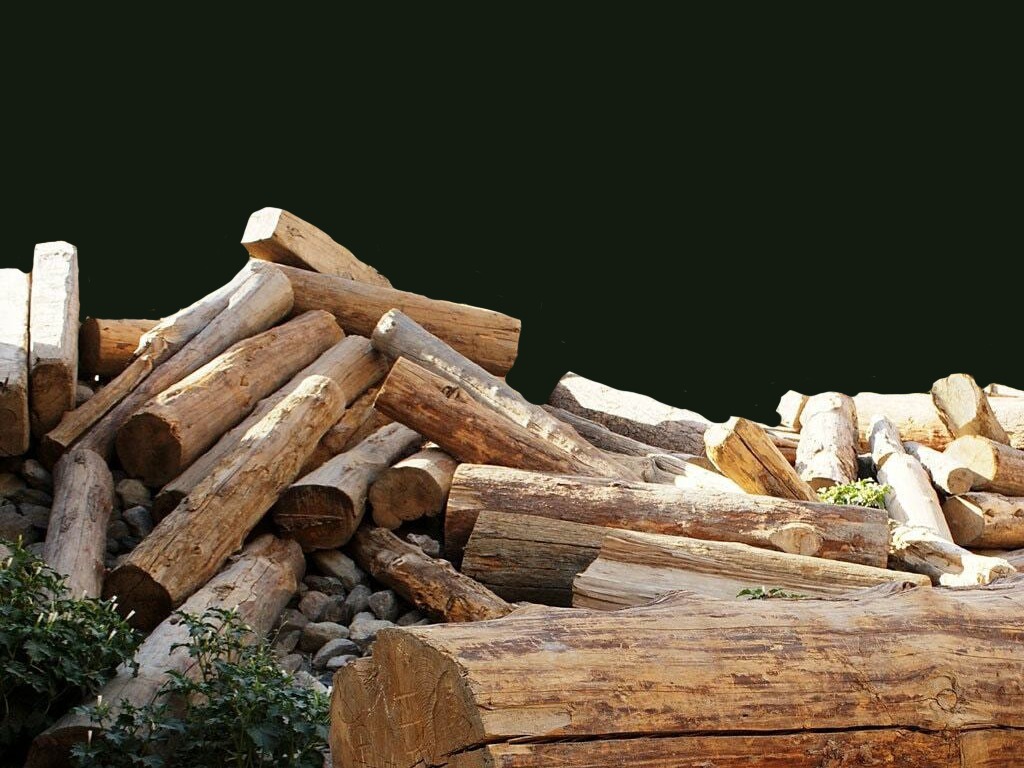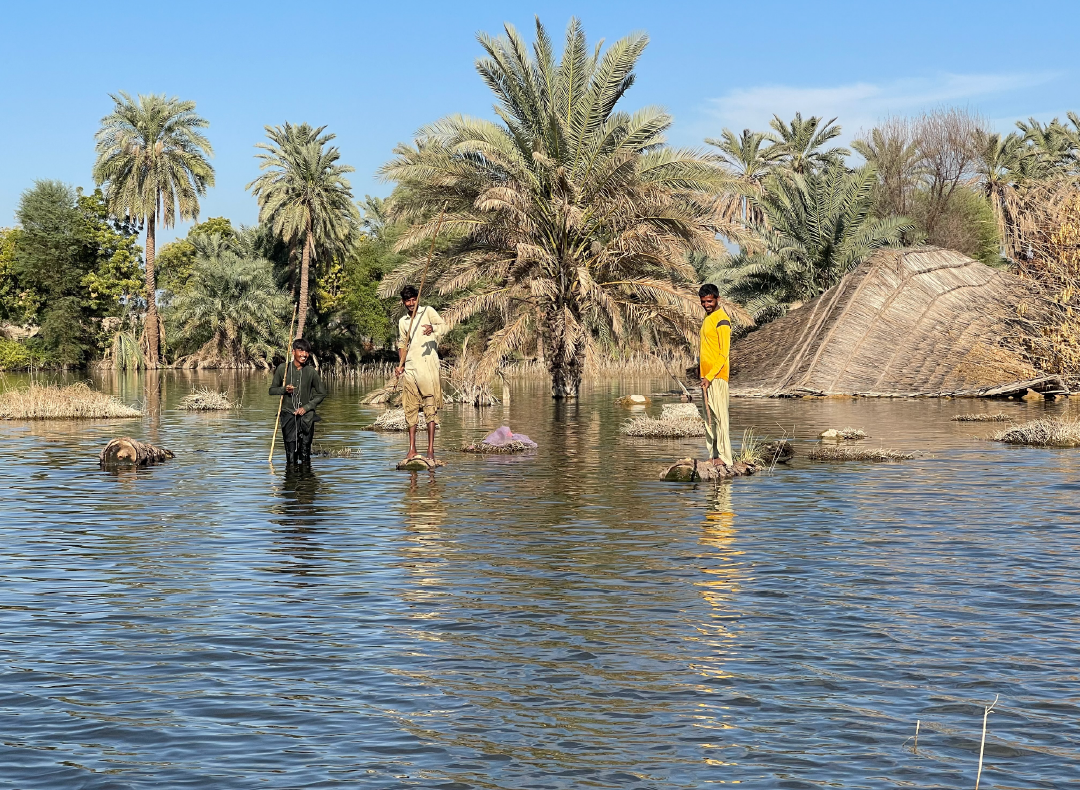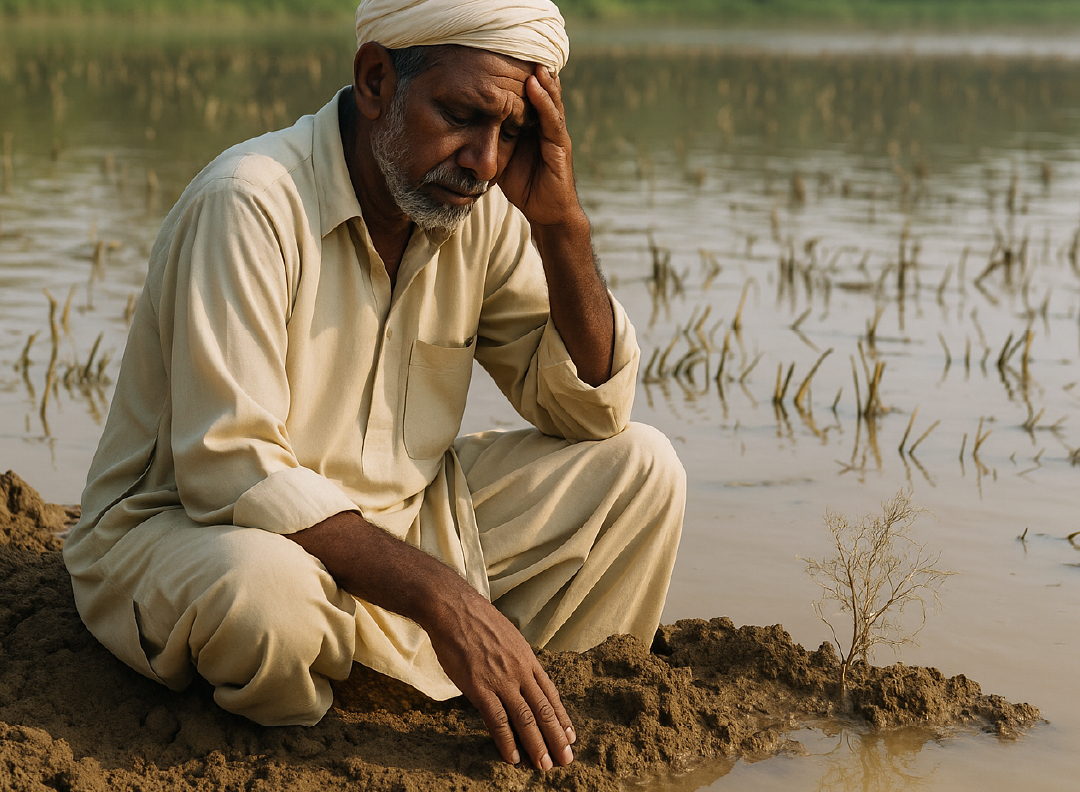Sohail Ahmed, a resident of the village Darel Khanbri in the Diamer district of Gilgit-Baltistan (GB), has the sale and purchase business of timber. He buys trees from local farmers and landowners in the communities and sells the timber in various cities of the country.
He says that the Forest, Wildlife and Environment Department of GB had given the businesses a working plan for Diamer in 2013, under which forest owners were allowed to cut trees from their private forests while abiding by the government rules and regulations.
“We paid the official fee for cutting the timber from the forest and obtained permission from the forest department for the cutting of 50,000 cubic feet of Deodar (Himalayan cedar tree). After cutting the trees, the government halted the working plan before we could sell and deliver the timber.”
Now, the timber stock has been lying unused for the last 11 years and Sohail Ahmed is waiting for the government approval to sell it.
“This is our livelihood. We have submitted requests to the government and the forest department many times but in vain. The issue of timber delivery outside the district is in a state of paralysis, causing us continuous losses.”

Not only Sohail Ahmed, dozens of farmers and timber traders from this district appear to be voicing similar complaints.
On the other hand, if the legal procedure for cutting timber is not established or its transport is not allowed, trees are recklessly felled, and the forest department does not have a record of their transportation.
History of GB’s forest since working plan
According to the official website of the Forest, Wildlife, and Environment Department, the total area of Gilgit-Baltistan is 69,683 sq km, of which 2,492 sq km (3.58pc) is covered by natural forests while about 427 sq km of land has orchards and man-made forests or planted trees. In total, 4.1pc of GB’s area is covered by forests.
Of GB’s natural forests, 71pc are privately owned, but their management and supervision are still under the forest department, based on the 1952 agreement (accession to Pakistan) and now under the GB Forest Act of 2019.
The government-owned forests are designated as ‘protected areas’ where ownership rights belong only to the government but local residents here have certain rights and concessions under the law (such as collecting firewood, grazing animals etc.).
The management of GB's private forests is also under the forest department, which formulates legal procedures and regulations for timber cutting or tree trimming from time to time. These are known as ‘Forest Working Plans’.

According to the forest department of GB, looking at the forest area in terms of districts, the forests of Diamer make up 30pc of the province’s total forest resources, all of which (100pc) are privately owned.
Diamer, a large district of Gilgit-Baltistan, borders the Upper Kohistan district of Khyber Pakhtunkhwa in the east and district Gilgit in the west. In 1952, the forests of the two subdivisions of this district, Darel and Tangir, were declared public, and their management was handed over to the forest department.
However, in 1970, the entire district of Diamer was placed under the jurisdiction of the forest department, and in 1993, the government imposed a complete ban on tree cutting for timber here.
Inconsistency made working plans less effective
In 2000, the federal government introduced the first ‘forest working plan’ for cutting timber from private forests in GB, which was meant to last for 10 years. However, only two years later, work on the plan was halted. At that time, the forest department in GB was working under the direct supervision of the Federal Ministry of Kashmir Affairs and Gilgit-Baltistan.
When Gilgit-Baltistan was granted provincial status (Empowerment and Self-Governance Order GB 2009), the forest sector was handed over to the ‘GB Council’. The GB assembly had the authority to nominate six members, while six members were selected by the prime minister of Pakistan, who was also the head and chairman of the council.
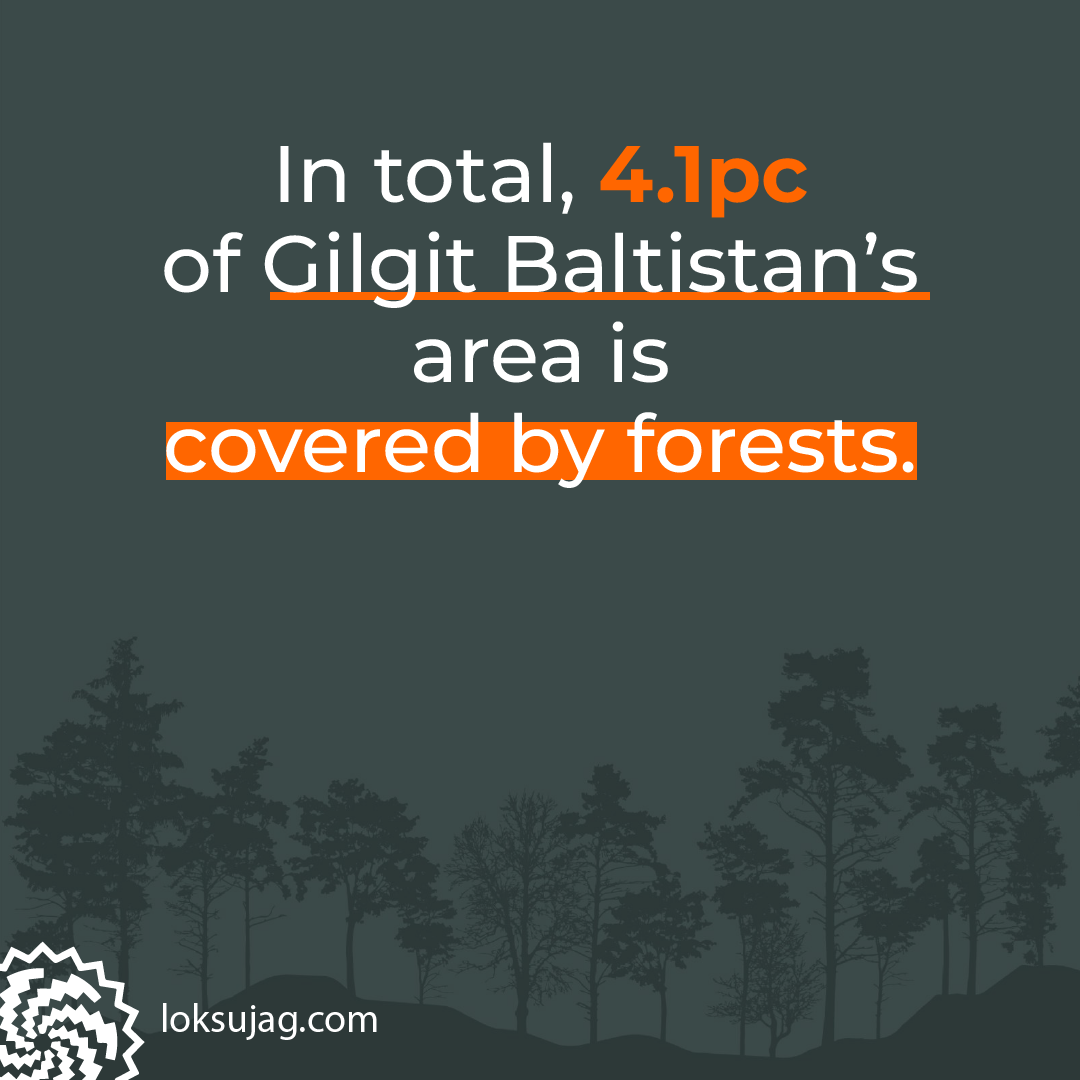
No amnesty for illegal logging
A new working plan for Diamer was approved in 2013 but it could not be implemented either.
According to official documents, (a summary sent to the chief minister by the forest secretary on May 19, 2016), available with Lok Sujag, the previous working plan was revised and reapproved by the GB Council. The duration of the plan was extended from 10 to 30 years.
The plan stipulated that no new trees would be cut until the previously cut legal or illegal timber was disposed of. Those benefiting from timber (construction wood) were also made bound to plant new trees in the forest.
Although the document claimed that most of the legal and illegal timber had been disposed of between 2017 and 2020, Sohail Ahmed disputes this claim, stating that during this period, there was no transportation of timber.
Meanwhile, the federal government announced the implementation of the Gilgit-Baltistan Government Order 2018, under which the responsibility of the forest department was transferred from the GB Council to the GB Assembly.
In 2020, the GB Assembly passed the Forest Act (Amendment) Act, 2020 for the look after of the forest which stipulated that the government would not have the authority to grant amnesty (any type of amnesty scheme) for illegally cut timber.
According to this law, illegally cut timber would be seized by the government to be either destroyed or burned. A divisional forest officer or at least a BPS-17 officer would be present during this process.
During the tenures of Hafiz Hafeezur Rehman (2015-2020) and Khalid Khurshid (2020-2023) as chief ministers, working plans were approved but their implementation was hindered by objections from the forest department.
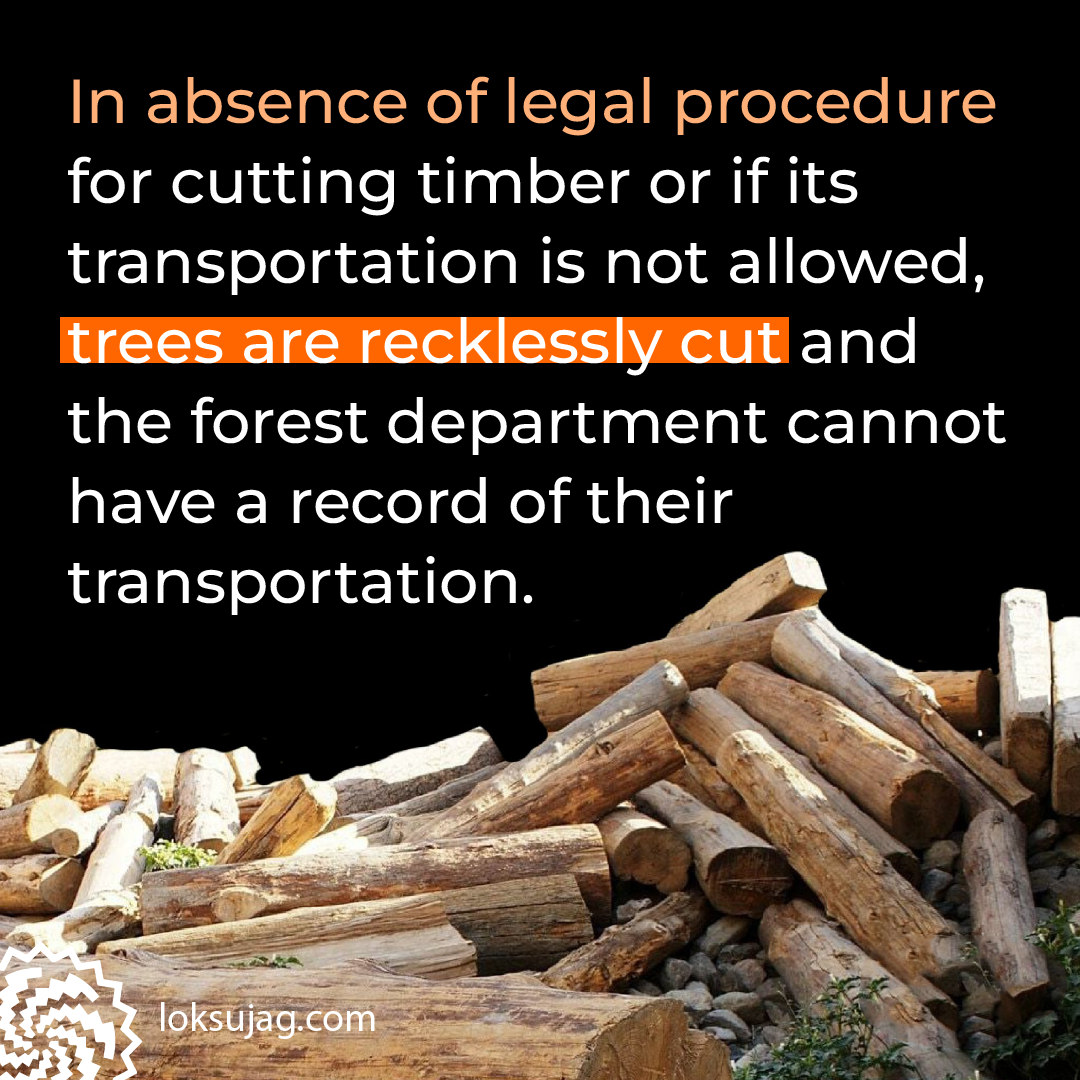
Serious flaws in the plan and timber scheme
During the tenure of chief minister Khalid Khurshid, when work was being done on the working plan, the then forest secretary, Samair Ahmed Syed, sent a summary to the chief minister in which he strongly opposed the use of data from the 1990s for the working plan and highlighted about 18 serious flaws in it.
He wrote to the chief minister that the data of Diamer’s forests, which was over a third of a century old, could not be accurate today; therefore, a scientific reassessment of the forests was necessary.
“The plan shows a forest growth rate of 1.4pc, while the cutting rate is set at 14pc, which is against the principles of forest conservation and environmental standards.”
He clearly stated that implementing the proposed plan would result in the cutting of 325,000 mature trees, which would not only cause a stir in national and international media but also contradict Pakistan’s environmental goals and international commitments.
New regulations for logging business
However, the current Chief Minister Haji Gulbar Khan, who himself is a resident of Diamer, approved a working plan on Nov 3, 2024, on insistence of the local people, which still retained all the objections raised by the former forest and wildlife secretary.

The CM’s spokesperson, Faizullah Faraq, claims that this working plan is meant to save the forests. “Only those trees that have reached their natural age will be cut and permission for cutting will be granted only after proper surveys.” He refrained from responding to questions about the forest data but expressed hope that the working plan would be implemented soon and the delivery of timber would begin in line with the long-standing demands of Diamer’s people.
Syed Abdul Waheed, the secretary of forests and wildlife in GB, believes that while natural disasters, illegal cutting, fire incidents and droughts have led to a reduction in forests, the natural process and large-scale tree plantation have also resulted in their increase. However, he acknowledges that it is necessary to measure or reassess the rate of decrease and increase of forests. He states that around 345 compartments (an area of continuous forest or plantation surrounded by empty land, rivers, roads, or mountains) have been identified in Diamer where the quality and number of trees per acre do not meet prescribed standards and felling trees will not be permitted in these areas.
“We have presented the old and new data of trees in a comparative review for each compartment. The final approval for cutting down trees is given by the cabinet but if there is a difference of more than 30pc between the old and new data, that forest is not included in the plan.”
Syed Abdul Waheed explains that wherever cutting will be allowed, the relevant district forest officer will be present who will grant permission to cut only according to the prescribed rate. If necessary, a team will be sent again for verification.
Read this story
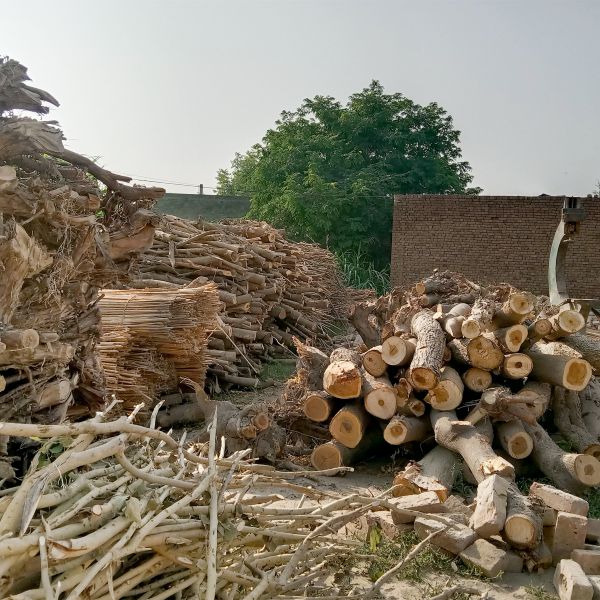
Whose woods are these: Layyah’s district administration is failing to stop charcoal-making from forest wood
He says that there is already 500,000 cubic feet of timber in Diamer but the estimation of how much of it is legal or illegal has not yet been made. However, it is estimated that the majority of it is illegal.
“In case approval for transportation is granted, the contractor will first receive the portion of timber they bought from the public. This timber will also be counted as part of the forest (in the relevant compartment) rate.”
Indigenous local system worked than government setup
Dr Abdul Salam, a resident of the Manikal area in Darel valley of Diamer, explains that before 1993, youth committees were formed at the village level whose job was to take care of the forest.
“This system was so effective that if a rightful owner (of a forest) cut a tree without permission, he would be fined, and he had to pay the fine under all circumstances. These committees handled not only timber but also the matters like grazing, hunting, livestock and firewood.”
"Under the committees’ supervision, the cutting of trees benefited the entire village and everyone received a share of the income. However, after the government imposed a ban on cutting timber from the forest, these committees became inactive.”
Salam says the dismantling of local committees benefited the timber mafia, leading to illegal cutting. Now, every healthy tree is cut down while the relevant department lacks the manpower to properly monitor the forests.
However, due to ancient traditions, there is still a complete ban on cutting trees in places where the trees help prevent floods and natural disasters.
Published on 9 Jan 2025
